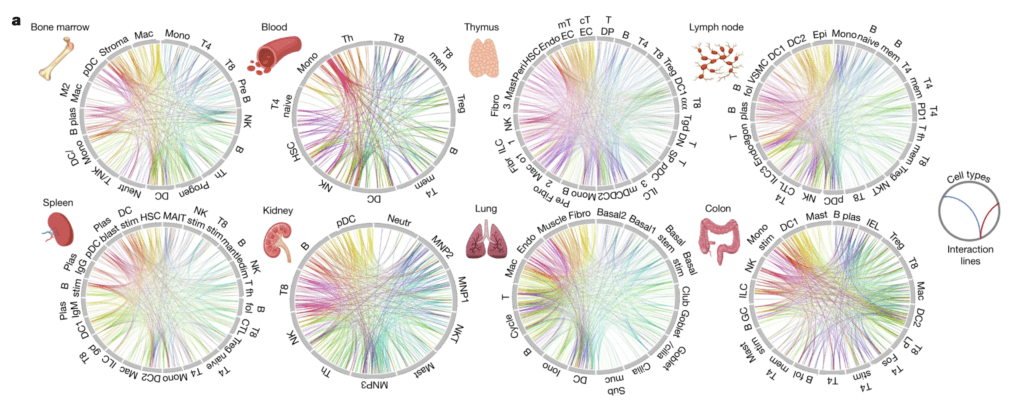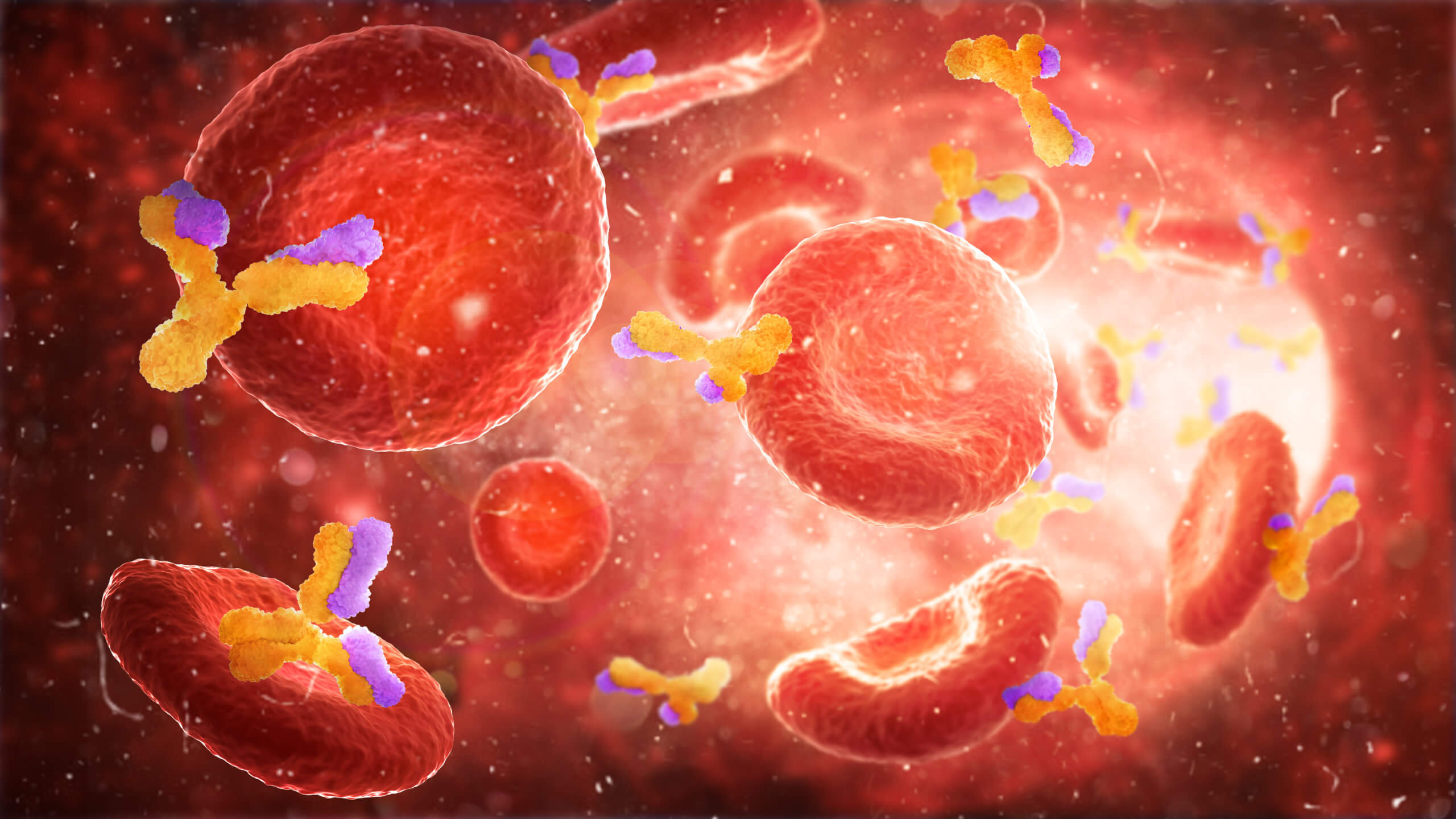A clear, in-depth understanding of the immune system is what stands in the way of medical researchers finding the most effective treatments for things like cancer, infectious diseases, and other immune-related conditions. Now, researchers from the Wellcome Trust Sanger Institute have created a map of immune system connections that can address this.
Immunotherapies have already shown to make meaningful differences in the lives of patients and in treating disease, particularly with certain cancers. However, these only work well in specific groups of patients that have certain conditions. Having a clear view of the immune receptor connections could help explain why immunotherapies can fail some patients, but work great for others. This can help develop ones with new targets that help a greater amount of patients.

This research credits those that have previously identified certain immune system reactions that begin to paint the picture of how the body defends itself. However, the team behind this new immune system map work has explains that there have only been incomplete maps before, making it more difficult to see how all the receptors connect and work together.
The team conducted this work by carefully analyzing every cell in the immune system and how they interact with other ones. “Meticulously isolating and analyzing every immune cell and their interactions with others has given us the first map of the conversations between all of the immune cells in the human body. This is a huge step in understanding the inner workings of the immune system and will hopefully be utilized by researchers all around the world to help develop new therapies that work with the body’s defense mechanisms,” says Jarrod Shilts, first author, in a statement.

The research team agrees that their work opens doors, generating an incredibly helpful tool that can be used to help highlight specific proteins and pathways that would make the best ones for developing targeted drugs. Further, this tool can offer helpful insight into whether a drug will have impact on surrounding pathways as well.
As the pharmacology field races to find cures and more effective treatment for things like cancer, maps like these make the job a whole lot easier. This is especially true in instances where some patients are left without any treatment at all because certain ones don’t work for them. For the treatments that are already effective for some, this immune system map could soon make them effective for even more populations.
“Our research, a culmination of over two decades of work, could hold the key to understanding why these treatments are more effective in some groups, and how they could be adapted to ensure that as many people as possible can benefit from them,” says Gavin Wright, senior author.
This research is published and accessible online in the journal Nature.
